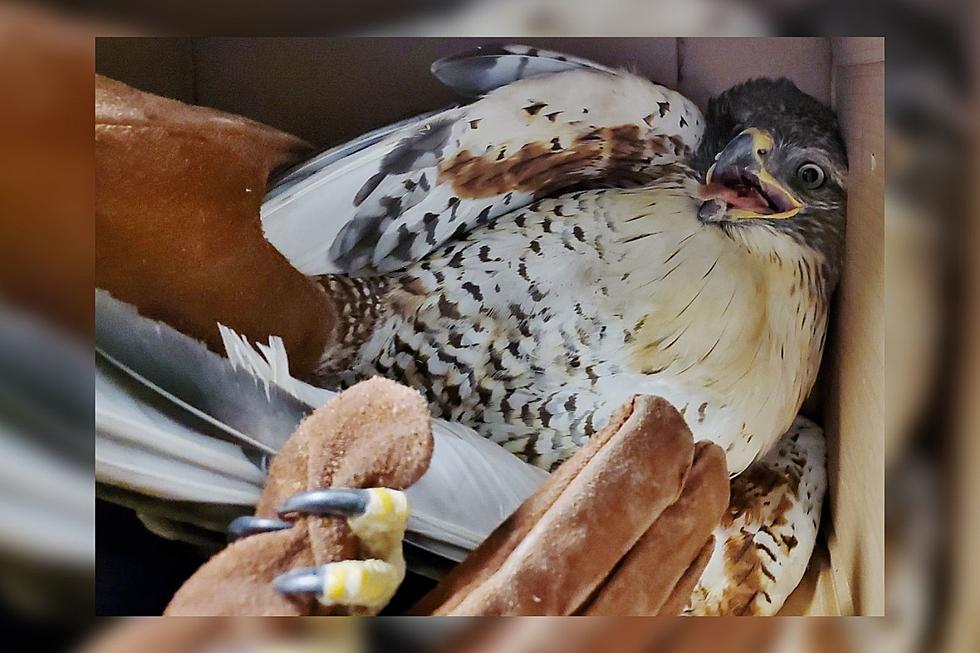
WARNING: Look Out for This Dangerous Plant in Colorado
In Colorado, our nature is some of, if not the most beautiful in the entire country, and we take major pride in that fact.

However, there’s plenty of times where nature isn’t so pretty.
There’s plenty of dangerous animals out there that you might need to protect yourself against, for instance.
Then, there’s also some unsavory pieces to Colorado’s wilderness as well. For example, we all love mistletoe around Christmas time, but it’s actually a bit of a disturbing parasitic plant that kills trees in Colorado.
However, there’s a different plant you need to look out for this summer as you explore Colorado’s wilderness.
Watch Out for Poison Hemlock This Summer in Colorado
Here in Colorado, we have an extremely problematic plant that won’t seem to go away; poison hemlock.
It’s an invasive species that comes from Europe and North Africa, and is basically all across the U.S.
For the most part, it is relatively harmless. If you brush up against it, you’ll likely not experience any effects. According to KDVR, some people may get a slight reaction from it
So, what’s the big deal? There’s plenty of plants that can do that, so who cares, right?
Wrong.
If ingested, poison hemlock can wreak havoc on your nervous system and your heart.
Why Would Anyone Ingest Poison Hemlock in Colorado?
You might also have another question when it comes to poison hemlock. Why would you even eat it in the first place?
Here’s the thing; it resembles both parsley and wild carrots.
That’s why this is such an issue here in Colorado, it easily blends in with our natural environment.
It doesn’t help that this isn’t any old plant, it’s incredibly dangerous to anyone or anything that eats it.
What Are the Symptoms of Poison Hemlock?
They are incredibly brutal.
For many people, you will immediately experience intense vomiting, sweating, and an increased heartbeat to name a few.
Others can also get intense twitching, tremors, and even seizures.
Symptoms in severe cases are even worse. They can include muscle paralysis, muscle breakdown or death, central nervous system depression, slowed heartbeat, and low blood pressure. Finally, eating poison hemlock could cause death.
As you can tell, it is absolutely imperative you do not in any way consume this plant.
How Can You Identify Poison Hemlock?
There’s quite a few ways.
According to the University of Minnesota, poison hemlock’s stem will sometimes have purple spots and will always have ridges do to veins.
It will have triangular leaves that are fern-like, and are arranged with a vein down the middle.
It will also have five white petals that are small, and have an umbrella shape at the tip. The flowers bloom between May and August.
Finally, the roots look like small white carrots or parsnips. These are the especially poisonous bits, and what many people will ingest because of their resemblance to these features.
If you find them in your yard, you need to get rid of them, especially if you have pets.
Top 10 Trails for Wildflower Viewing in Colorado
Gallery Credit: Kelsey Nistel
12 Fun Facts About Seeing Wildflowers in Crested Butte, Colorado
Gallery Credit: Wes Adams
More From 99.9 The Point









